Hyundai Tucson vs Jeep Wrangler - Differences and prices compared
Costs and Efficiency:
When it comes to price and running costs, the biggest differences usually appear. This is often where you see which car fits your budget better in the long run.
Hyundai Tucson has a significantly advantage in terms of price – it starts at 30600 £, while the Jeep Wrangler costs 69900 £. That’s a price difference of around 39223 £.
Fuel consumption also shows a difference: Hyundai Tucson manages with 1 L and is therefore clearly more efficient than the Jeep Wrangler with 3.30 L. The difference is about 2.30 L per 100 km.
As for range, the Hyundai Tucson performs distinct better – achieving up to 70 km, about 28 km more than the Jeep Wrangler.
Engine and Performance:
Power, torque and acceleration say a lot about how a car feels on the road. This is where you see which model delivers more driving dynamics.
When it comes to engine power, the Jeep Wrangler has a clearly perceptible edge – offering 380 HP compared to 252 HP. That’s roughly 128 HP more horsepower.
In acceleration from 0 to 100 km/h, the Jeep Wrangler is distinct quicker – completing the sprint in 6.50 s, while the Hyundai Tucson takes 7.90 s. That’s about 1.40 s faster.
In terms of top speed, the Hyundai Tucson performs slightly better – reaching 204 km/h, while the Jeep Wrangler tops out at 177 km/h. The difference is around 27 km/h.
There’s also a difference in torque: Jeep Wrangler pulls significantly stronger with 637 Nm compared to 379 Nm. That’s about 258 Nm difference.
Space and Everyday Use:
Cabin size, boot volume and payload all play a role in everyday practicality. Here, comfort and flexibility make the difference.
Seats: offers more seating capacity – vs .
In curb weight, Hyundai Tucson is convincingly lighter – 1542 kg compared to 2276 kg. The difference is around 734 kg.
In terms of boot space, the Hyundai Tucson offers to a small extent more room – 620 L compared to 533 L. That’s a difference of about 87 L.
In maximum load capacity, the Jeep Wrangler performs somewhat better – up to 2050 L, which is about 251 L more than the Hyundai Tucson.
When it comes to payload, Hyundai Tucson barely noticeable takes the win – 545 kg compared to 536 kg. That’s a difference of about 9 kg.
Who comes out on top?
Overall, the Hyundai Tucson shows itself to be leaves the rival little chance and secures the title of DriveDuel Champion.
It convinces with the more balanced overall package and proves to be the more versatile choice for everyday use.
 @ Hyundai Motor Company
@ Hyundai Motor Company
Hyundai Tucson
Costs and Consumption
View detailed analysis
Engine and Performance
View detailed analysis
Dimensions and Body
View detailed analysis
Hyundai Tucson
Hyundai Tucson marries bold, sculpted looks with a clever, roomy cabin that feels smarter than its price tag suggests. It's composed on the road, easy to live with day-to-day, and a sensible choice for buyers who want SUV style without the showroom theatrics.
details @ Hyundai Motor Company
@ Hyundai Motor Company
 @ Hyundai Motor Company
@ Hyundai Motor Company
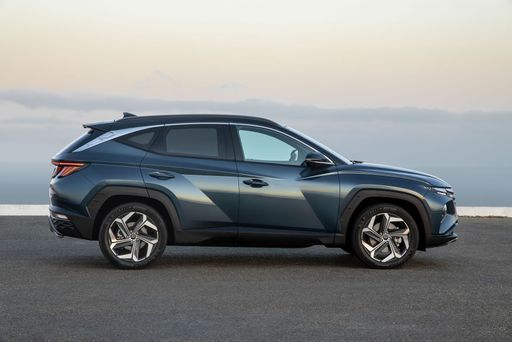 @ Hyundai Motor Company
@ Hyundai Motor Company
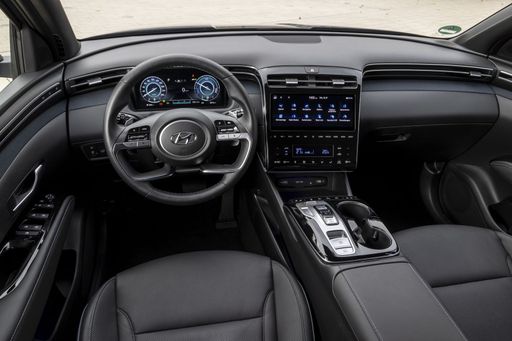 @ Hyundai Motor Company
@ Hyundai Motor Company
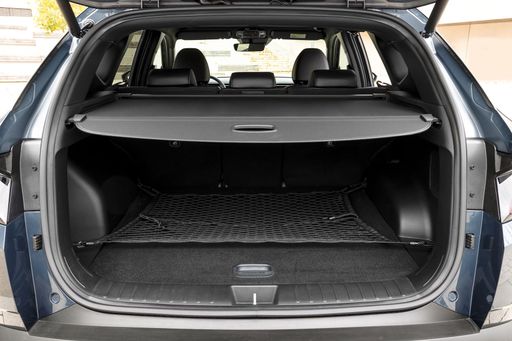 @ Hyundai Motor Company
@ Hyundai Motor Company
Jeep Wrangler
The Jeep Wrangler wears its go-anywhere attitude on its boxy shoulders, with exposed hinges, a removable top and a look that practically dares the tarmac to get in its way. Inside it’s simple and tough-minded, ready to swallow muddy boots and weekend gear, so if you crave honest off-road thrills rather than refined suburbia polish, the Wrangler is your unapologetic partner in adventure.
details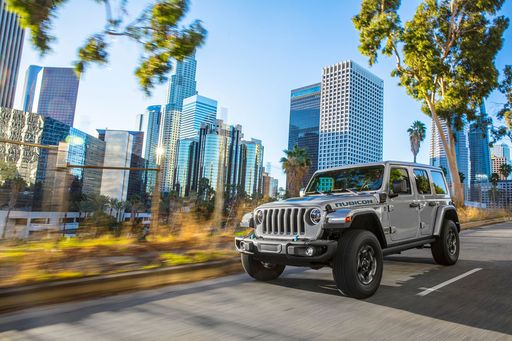 @ Jeep / Stellantis Media
@ Jeep / Stellantis Media
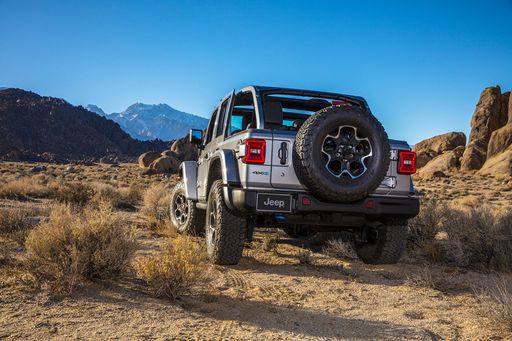 @ Jeep / Stellantis Media
@ Jeep / Stellantis Media
 @ Jeep / Stellantis Media
@ Jeep / Stellantis Media
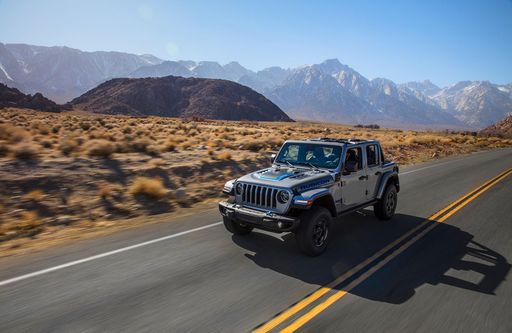 @ Jeep / Stellantis Media
@ Jeep / Stellantis Media
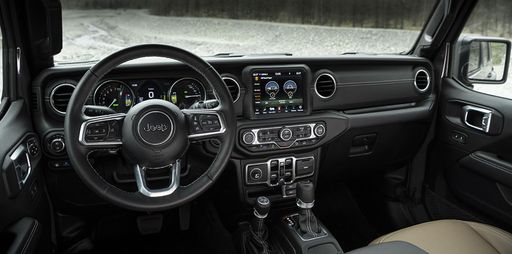 @ Jeep / Stellantis Media
@ Jeep / Stellantis Media
 @ Hyundai Motor Company
@ Hyundai Motor Company
|
 @ Jeep / Stellantis Media
@ Jeep / Stellantis Media
|
|
|
|
Costs and Consumption |
|
|---|---|
|
Price
30600 - 46300 £
|
Price
69900 - 71600 £
|
|
Consumption L/100km
1 - 7.6 L
|
Consumption L/100km
3.3 - 4 L
|
|
Consumption kWh/100km
-
|
Consumption kWh/100km
-
|
|
Electric Range
64 - 70 km
|
Electric Range
38 - 42 km
|
|
Battery Capacity
-
|
Battery Capacity
-
|
|
co2
22 - 172 g/km
|
co2
74 - 91 g/km
|
|
Fuel tank capacity
42 - 54 L
|
Fuel tank capacity
65 L
|
Dimensions and Body |
|
|---|---|
|
Body Type
SUV
|
Body Type
Off-Roader
|
|
Seats
5
|
Seats
5
|
|
Doors
5
|
Doors
5
|
|
Curb weight
1542 - 1889 kg
|
Curb weight
2276 - 2383 kg
|
|
Trunk capacity
546 - 620 L
|
Trunk capacity
533 L
|
|
Length
4510 - 4535 mm
|
Length
4882 mm
|
|
Width
1865 mm
|
Width
1894 mm
|
|
Height
1650 mm
|
Height
1838 - 1848 mm
|
|
Max trunk capacity
1721 - 1799 L
|
Max trunk capacity
2050 L
|
|
Payload
523 - 545 kg
|
Payload
520 - 536 kg
|
Engine and Performance |
|
|---|---|
|
Engine Type
Diesel MHEV, Plugin Hybrid, Petrol, Full Hybrid
|
Engine Type
Plugin Hybrid
|
|
Transmission
Automatic, Manuel
|
Transmission
Automatic
|
|
Transmission Detail
Dual-Clutch Automatic, Automatic Gearbox, Manual Gearbox
|
Transmission Detail
Automatic Gearbox
|
|
Drive Type
Front-Wheel Drive, All-Wheel Drive
|
Drive Type
All-Wheel Drive
|
|
Power HP
136 - 252 HP
|
Power HP
380 HP
|
|
Acceleration 0-100km/h
7.9 - 11.6 s
|
Acceleration 0-100km/h
6.50 s
|
|
Max Speed
180 - 204 km/h
|
Max Speed
156 - 177 km/h
|
|
Torque
250 - 379 Nm
|
Torque
637 Nm
|
|
Number of Cylinders
4
|
Number of Cylinders
4
|
|
Power kW
100 - 185 kW
|
Power kW
280 kW
|
|
Engine capacity
1598 cm3
|
Engine capacity
1995 cm3
|
General |
|
|---|---|
|
Model Year
2024 - 2025
|
Model Year
2024
|
|
CO2 Efficiency Class
E, B, F, D
|
CO2 Efficiency Class
B
|
|
Brand
Hyundai
|
Brand
Jeep
|
What drive types are available for the Hyundai Tucson?
Available configurations include Front-Wheel Drive or All-Wheel Drive.
The prices and data displayed are estimates based on German list prices and may vary by country. This information is not legally binding.
